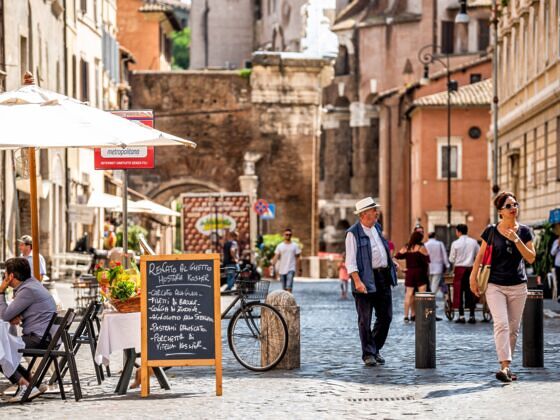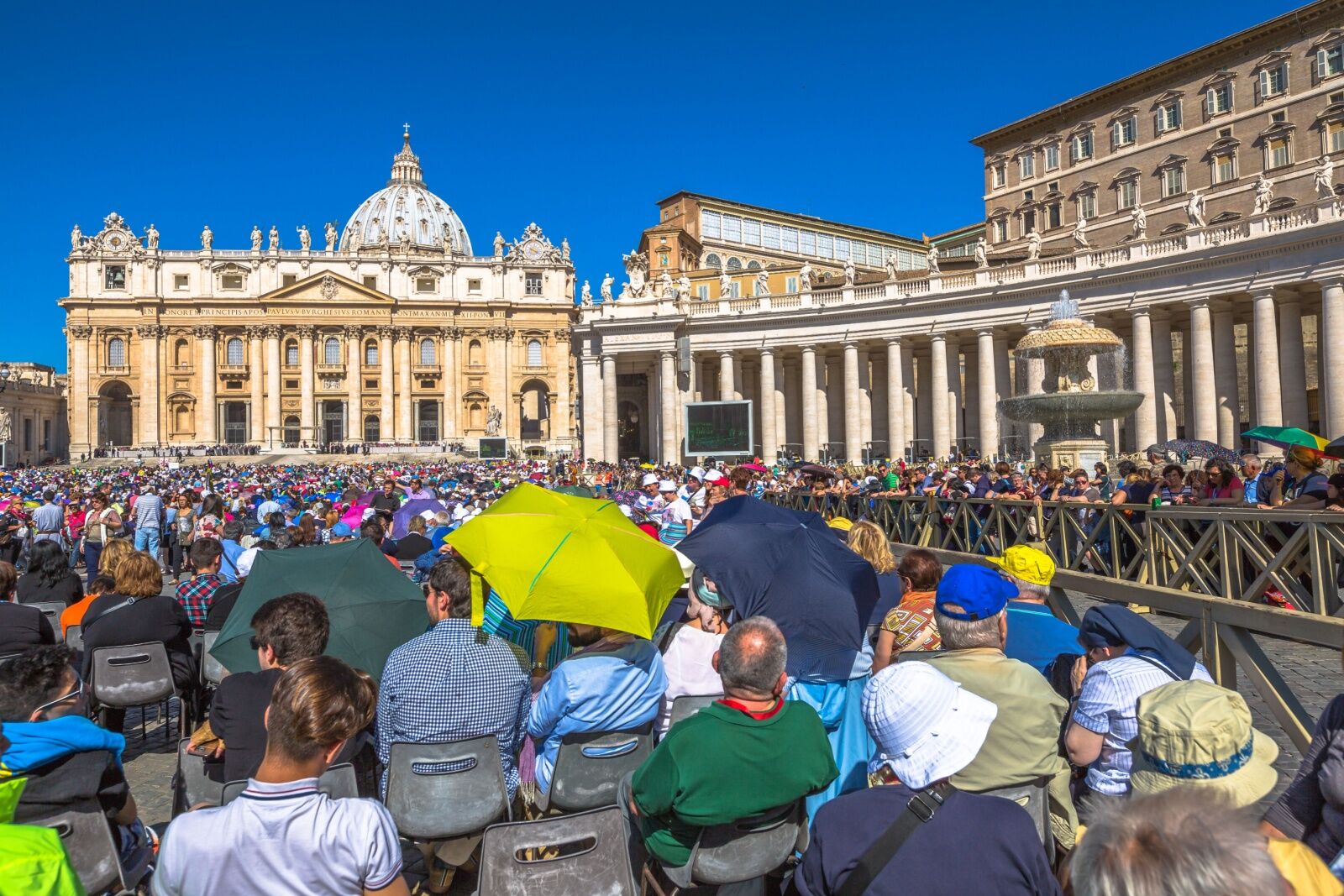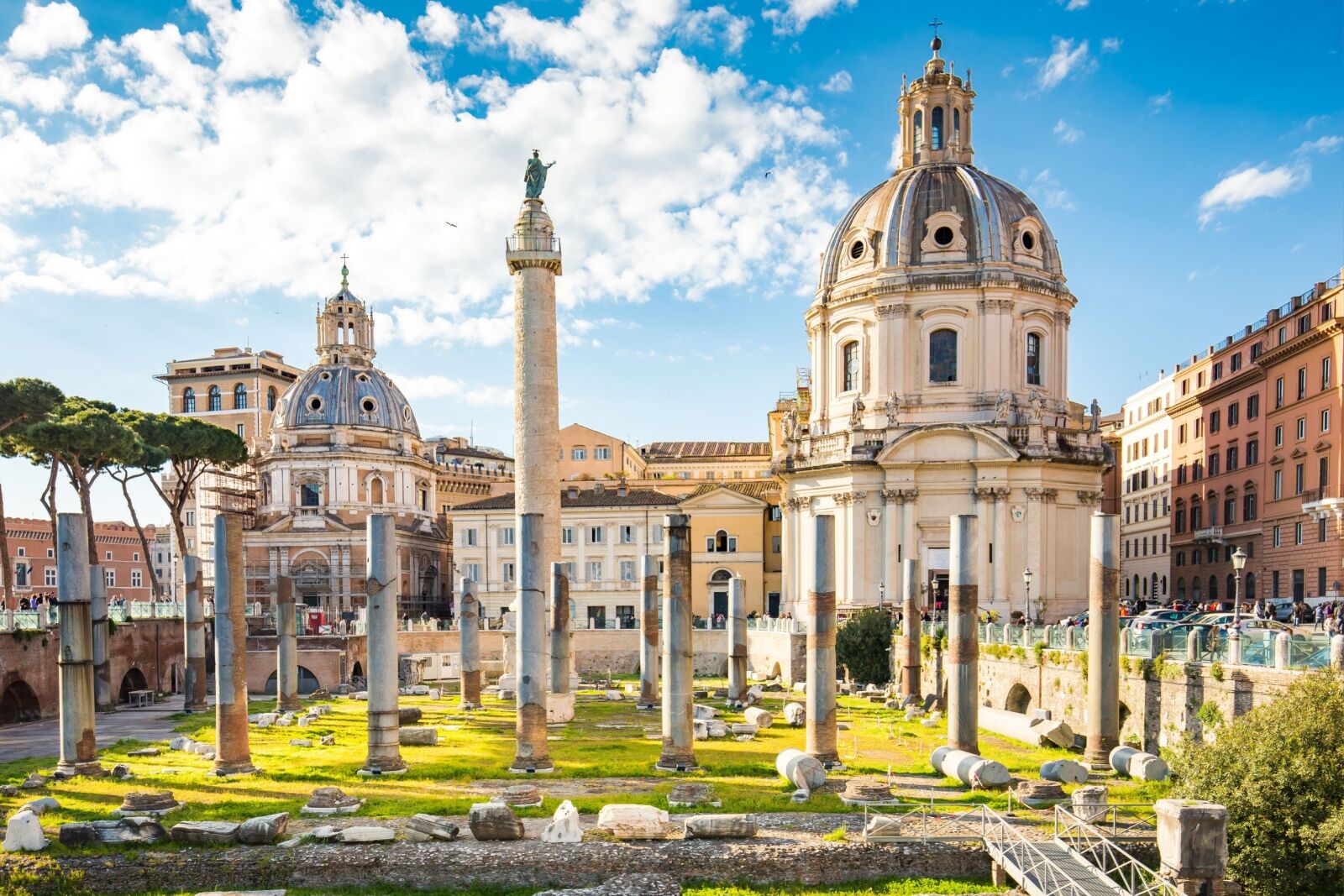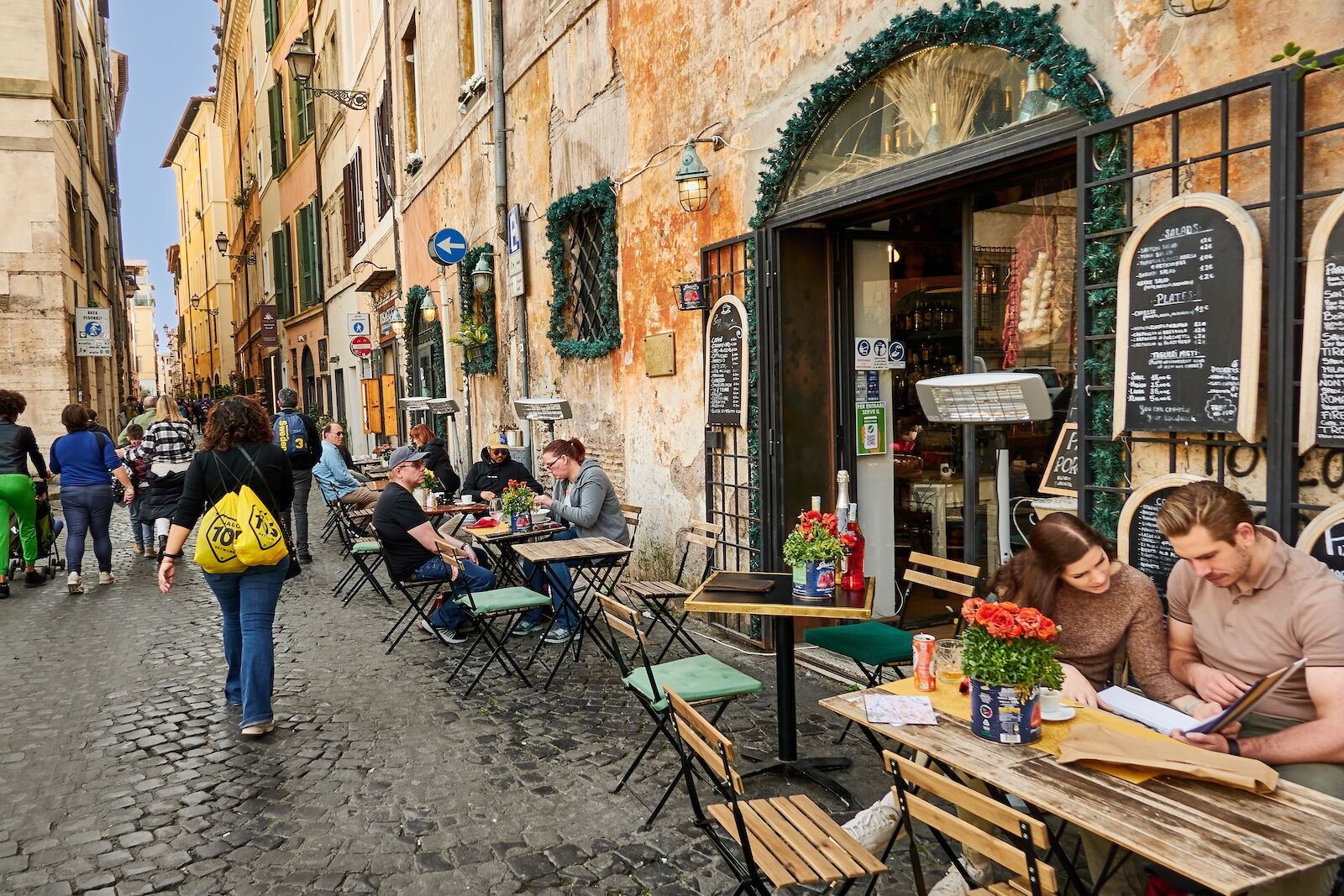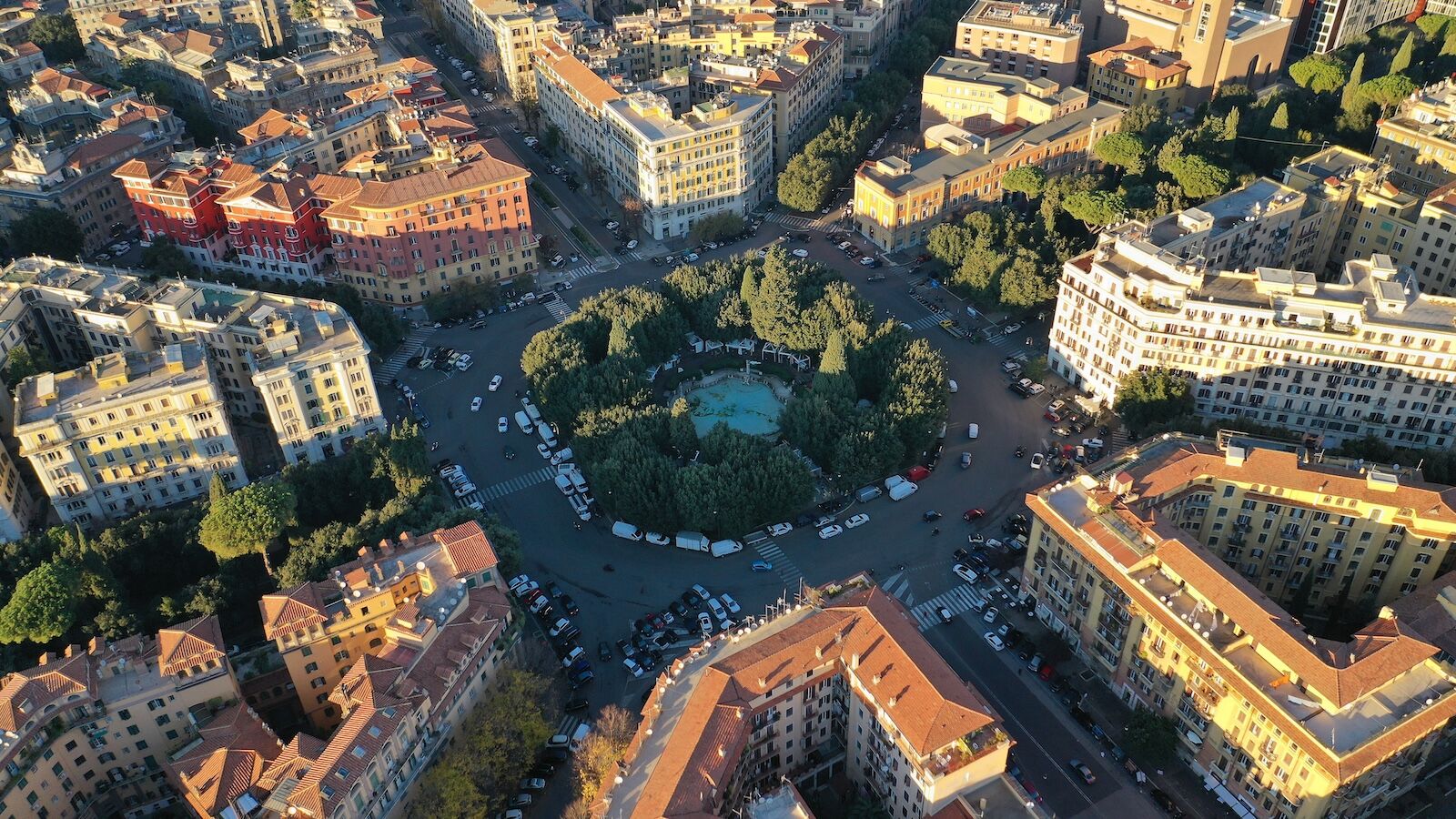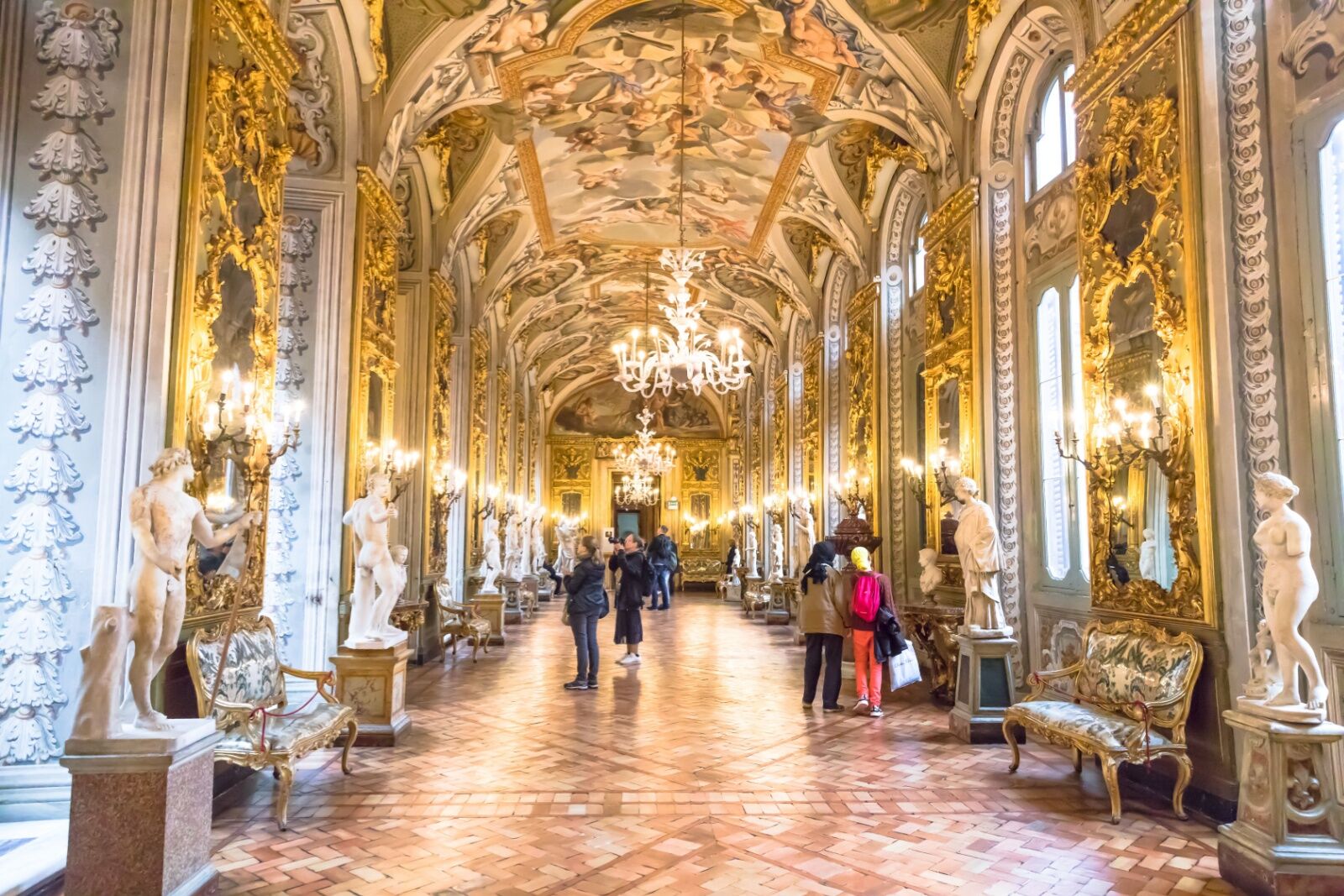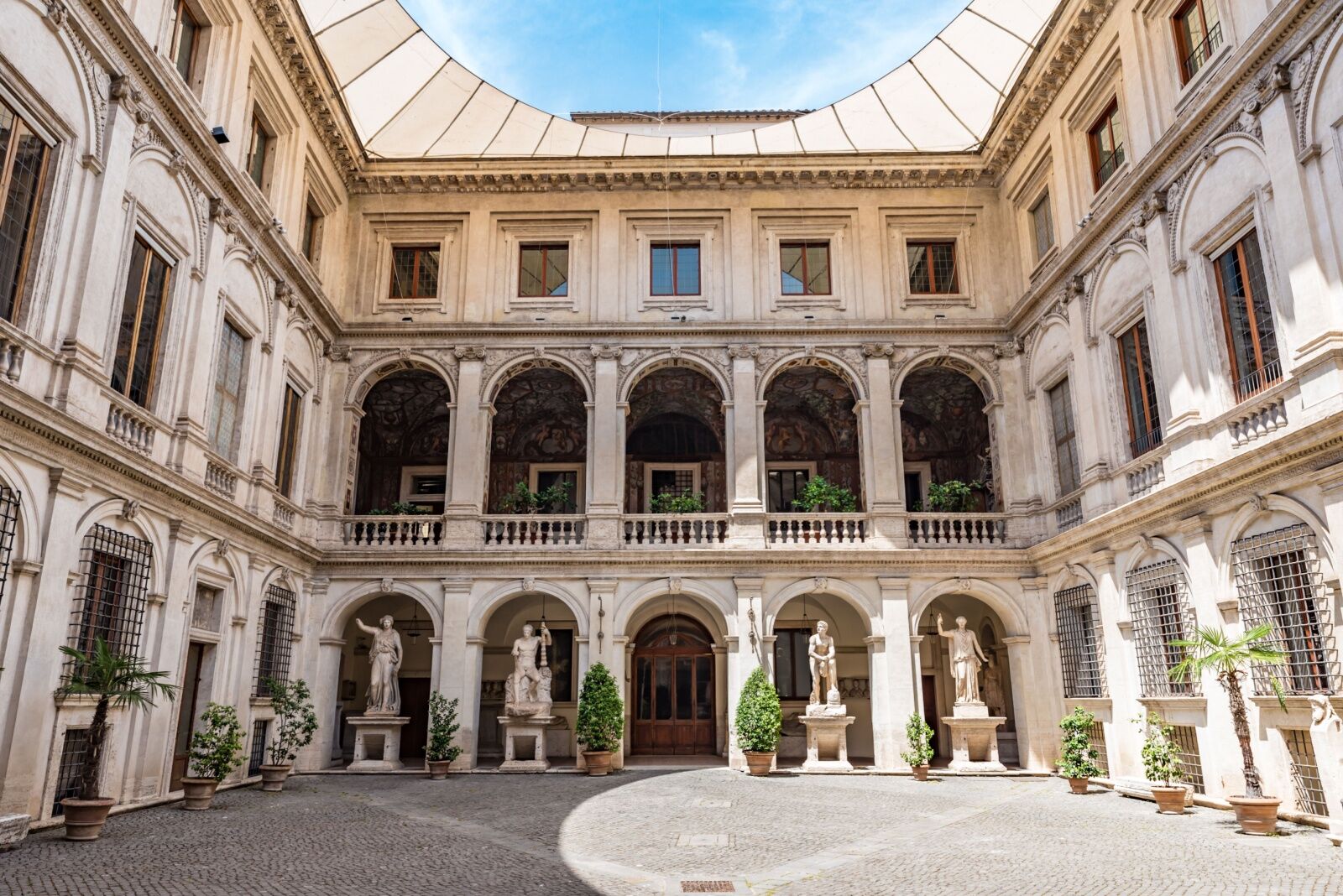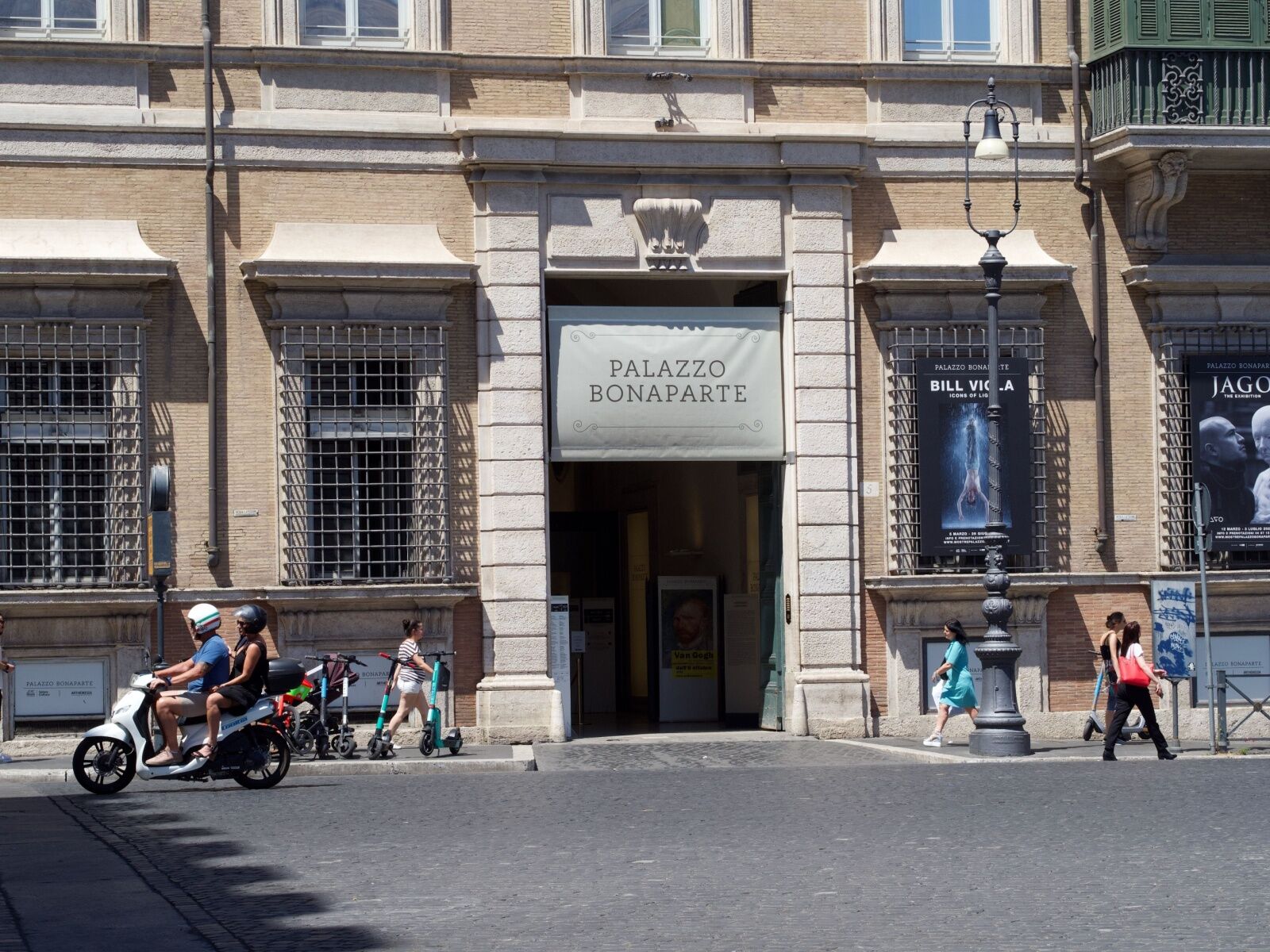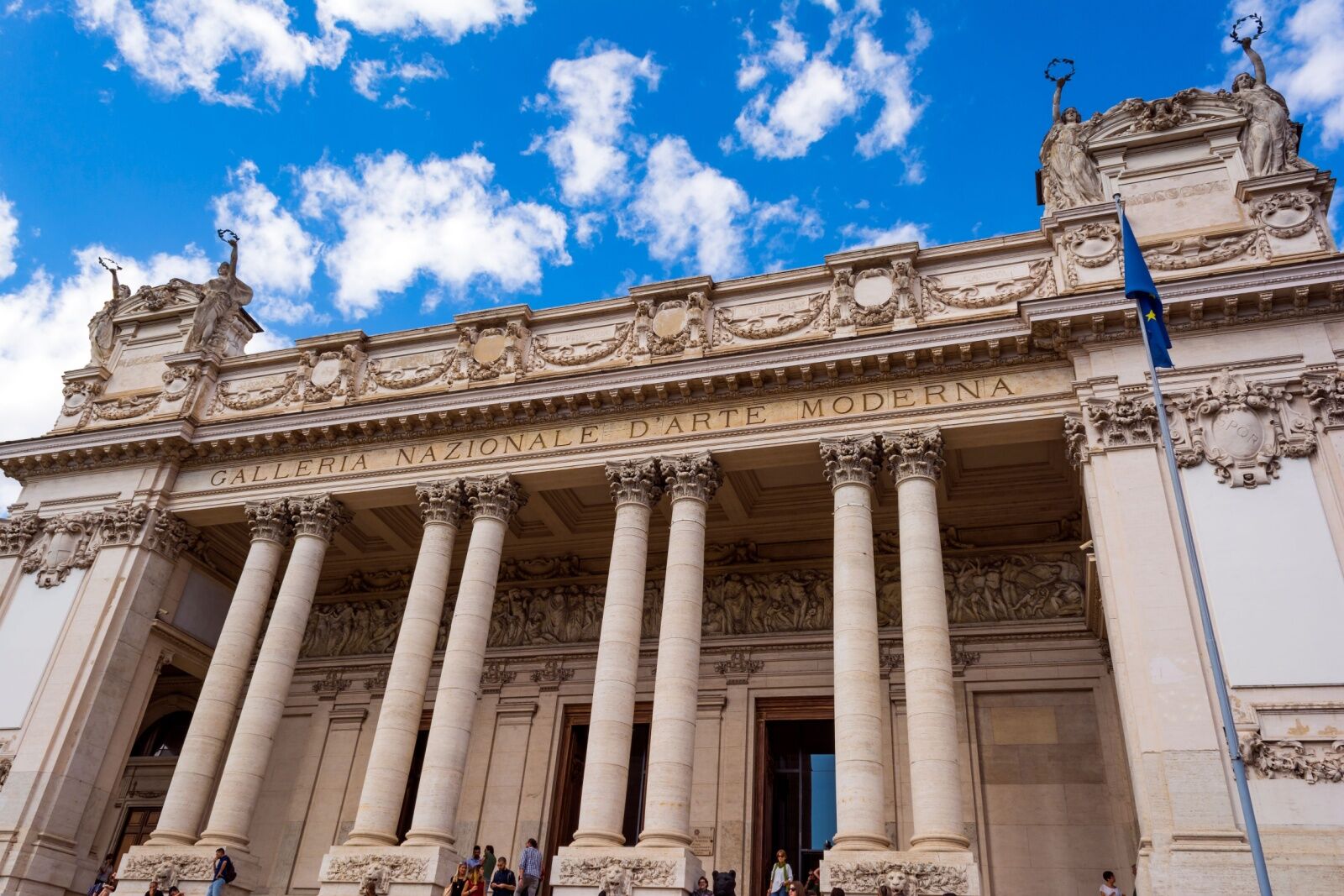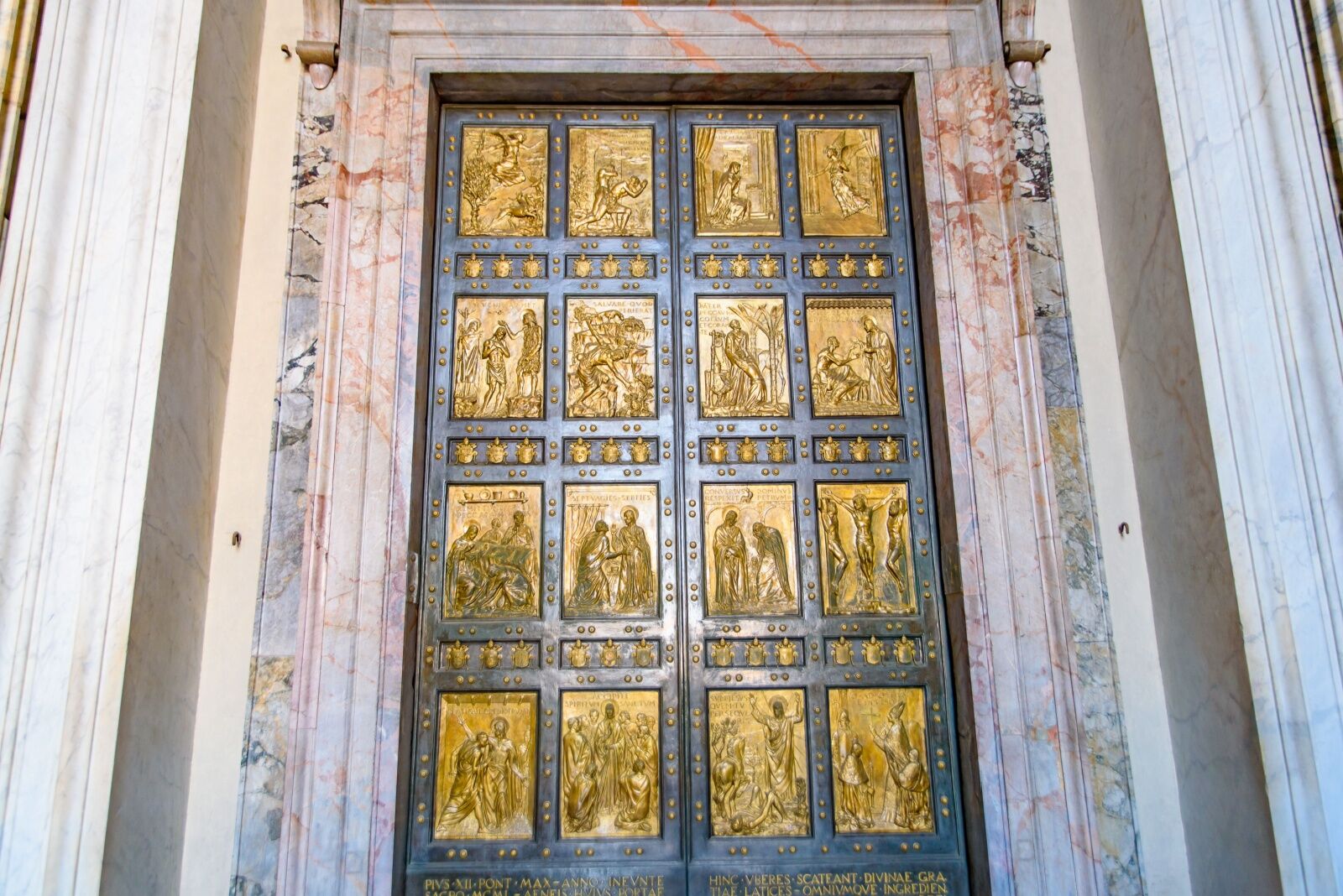As if Rome wasn’t already one of Europe’s — and the world’s— most popular destinations, the Vatican’s 2025 Jubilee is anticipated to push the city (and the patience of tourists) to its limit.
The Vatican Jubilee, also known as the Holy Year, is held every 25 years, save for a few “extraordinary years,” as designated by the Pope. The Vatican Jubilee invites religious pilgrims to journey to Rome and be granted plenary indulgence, among other Catholic rituals and events. The Jubilee is anticipated to draw huge crowds to Italy’s capital, with authorities anticipating 35 million pilgrims to arrive in Rome throughout the year. So, what does that mean for your trip to the Eternal City in 2025?
